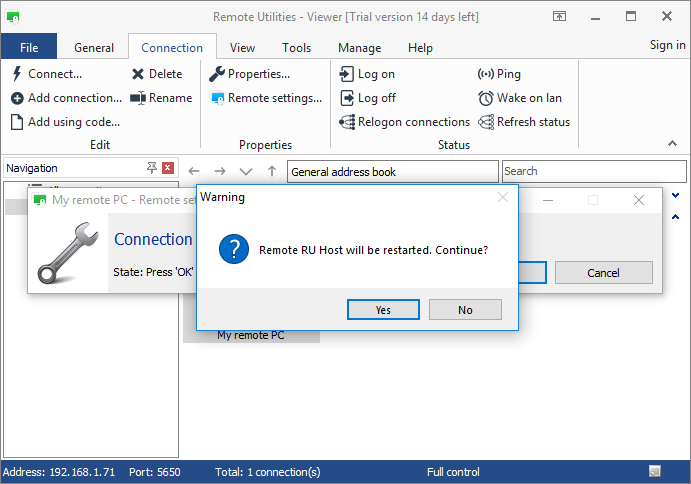

There are two types of cloning available to you:Ĭloning an Oracle home-Just the configured and patched binaries from the Oracle home directory and subdirectories are copied to the destination host and "fixed" to match the new environment. Instead of installing, tuning, and patching on each additional host, you can clone your tested Oracle Database installation to other hosts, saving time and avoiding inconsistencies. You want to create development and test systems that are identical to your production system.

You have multiple production database systems. Reasons to do this include the following: Part I, "Oracle Database Structure and Storage", and Part I, "Schema Objects", provide specific information on creating logical storage structures, objects, and integrity constraints for your database.Īfter you have an Oracle Database installation properly configured, tuned, patched, and tested, you may want to roll that exact installation out to other hosts. If you are not familiar with such design issues, see accepted industry-standard documentation. It is beyond the scope of this book to discuss relational and distributed database design. You can alter the logical storage structure or design of the database to improve backup efficiency. The physical location of frequently accessed data dramatically affects application performance.ĭuring the planning stage, develop a backup strategy for the database. In distributed database environments, this planning stage is extremely important. Be sure to plan for the growth of the database. By planning the relationship between each object and its physical storage before creating it, you can directly affect the performance of the database as a unit. Plan the relational design of the database objects and the storage characteristics for each of these objects. The efficiency of backup and recovery procedures for the database The performance of the database during data access operations The performance of the computer running Oracle Database Consider how the logical storage structure of the database will affect: When planning the overall logical storage of the database structure, consider the effects that this structure will have when the database is actually created and running. For example, before creating any tablespaces for your database, you should know how many data files will comprise the tablespace, what type of information will be stored in each tablespace, and on which disk drives the data files will be physically stored. It is important to plan how the logical storage structure of the database will affect system performance and various database management operations. The logical storage structure of the database Planning for backup and recovery of database informationĪs the database administrator, you must plan: Monitoring and optimizing the performance of the database
#Remote utilities login as administrator license
Modifying the database structure, as necessary, from information given by application developersĮnrolling users and maintaining system securityĮnsuring compliance with Oracle license agreementsĬontrolling and monitoring user access to the database Installing and upgrading the Oracle Database server and application toolsĪllocating system storage and planning future storage requirements for the database systemĬreating primary database storage structures (tablespaces) after application developers have designed an applicationĬreating primary objects (tables, views, indexes) once application developers have designed an application

Therefore, database administration is sometimes not a one-person job, but a job for a group of DBAs who share responsibility.Ī database administrator's responsibilities can include the following tasks: An Oracle Database system can be large and can have many users.

Each database requires at least one database administrator (DBA).


 0 kommentar(er)
0 kommentar(er)
